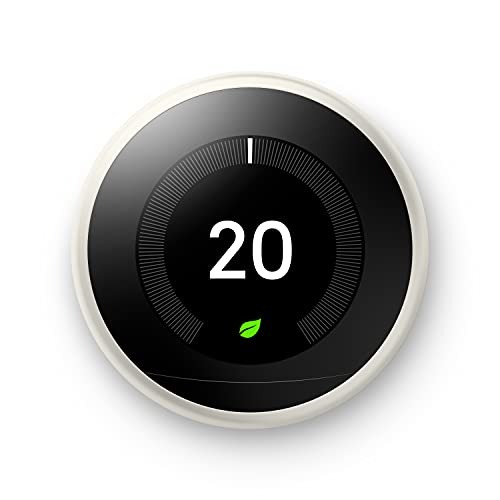Have you recently replaced an old faulty furnace, and you’re wondering if the old—still working—thermostat would be able to work with your newer 2-stage furnace? Or maybe you purchased a house with a working but old thermostat, and you need to replace the old furnace before you could move in.
Worry not! We did thorough research to answer this question for you and provide additional information that you might need.
Do you need a special thermostat for your 2-stage furnace? The short and simple answer is no, yet it comes with a few caveats.
Although a regular thermostat will work with a 2-stage furnace, there are different factors to consider. Read on for information that could help you decide whether it is worth it to keep an existing thermostat for your 2-stage furnace or to upgrade.

What is a thermostat?
Before we proceed further, let’s define what a thermostat does so that the rest of the topics below will be easier to understand.
A thermostat is a device that has sensors to detect changes in temperature within an enclosed area. It monitors the temperature and checks it against the value you set in the thermostat.
It sends signals—usually electrical signals—to your furnace if the surrounding temperature goes below your target temperature. Your furnace turns on and starts generating heat. It will then send a signal to turn off the furnace once the desired temperature has been achieved.
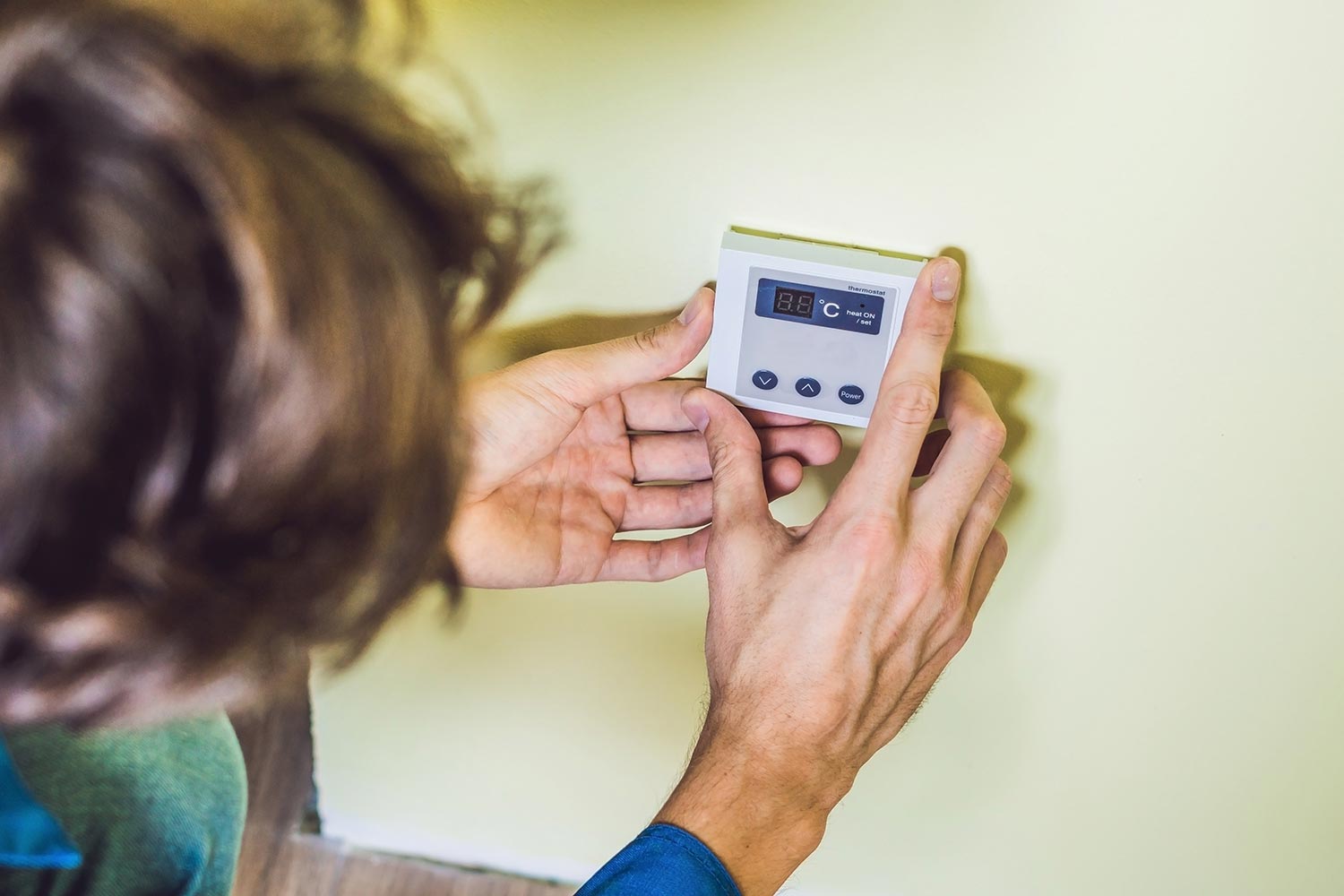
What is a 2-stage thermostat?
A 2-stage thermostat can activate the stage two burners in a 2-stage furnace. Activating stage two burners puts your furnace in high heat mode.
There are programmable 2-stage thermostats that allow you to set target temperatures at various times during the day, like during mornings when you wake up and evenings when you go to bed.
How a 2-stage Thermostat Works
At its very basic, a 2-stage thermostat can fire up the stage two burners of a furnace based on certain conditions.
Once the target temperature has been reached, it will shut off the stage two burners and use only the stage one burners (the low heat mode) to maintain the temperature.
There are advanced 2-stage furnaces that automatically activate their stage two burners if the target temperature is not achieved after a certain number of minutes (the exact number of minutes can vary per model and manufacturer). Unfortunately, without a 2-stage thermostat, this can cause fuel waste.
Furnaces that automatically turn on stage two burners on their own can waste fuel because stage two can turn on even if it is not needed. Like when it is only a couple of degrees away from the target. This can happen if you pair a single-stage thermostat with a 2-stage furnace.
An advanced 2-stage thermostat improves efficiency and comfort by computing temperature changes and comparing them with the rate at which the furnace can heat the house. It minimizes the usage of stage two burners and extends the use of stage one burners to maintain temperatures.
These 2-stage thermostats also monitor the amount of time it takes to reach the desired temperature. It can adjust the start time the next day so that the house will be at the target temperature when you wake up. It can compute the optimum start time to warm the house without using stage 2 burners.
What is the difference between a single and dual-stage thermostat?
We’ve described a 2-stage thermostat above. A single-stage thermostat, on the other hand, can turn the furnace on and turn off based on the need for additional heat.
Their main difference is that a single-stage thermostat cannot control whether a 2-stage furnace will be on high heating or low. This can reduce the fuel savings that a 2-stage furnace can offer.
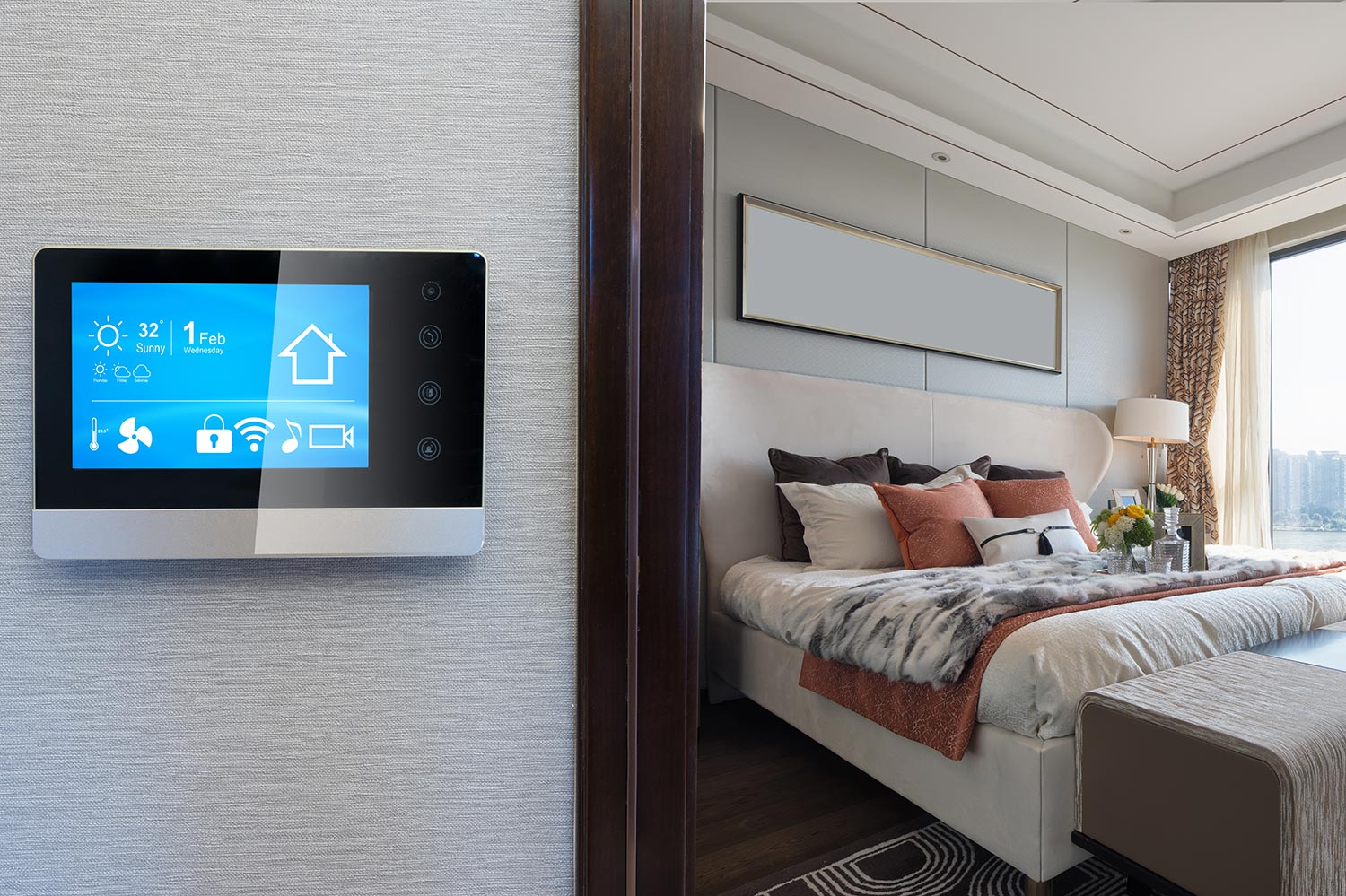
How to identify a single-stage and a 2-stage thermostat
A 2-stage thermostat has W1 and W2 terminals versus a W1 terminal only for a single-stage thermostat.
The number of "W" terminals in a thermostat represents the number of stages that it can control. If it has W1 to W3 terminals, then it is a 3-stage thermostat.
Some single-stage thermostat models will have a "W" terminal without any number.
Click here to see this Google Nest programmable thermostat on Amazon.
How to know if I have a 2-stage furnace or a single-stage furnace?
The easiest way to find out if your furnace is a 2-stage or a single-stage furnace is to look at the wires. A multi-stage furnace will have many wires going to it from the thermostat.
Suppose the wires going to the thermostat are not easily accessible. In that case, you can find out by getting the model or the serial number of your furnace and checking it on the manufacturer's website.
Can you use a single-state thermostat on a 2-stage furnace?
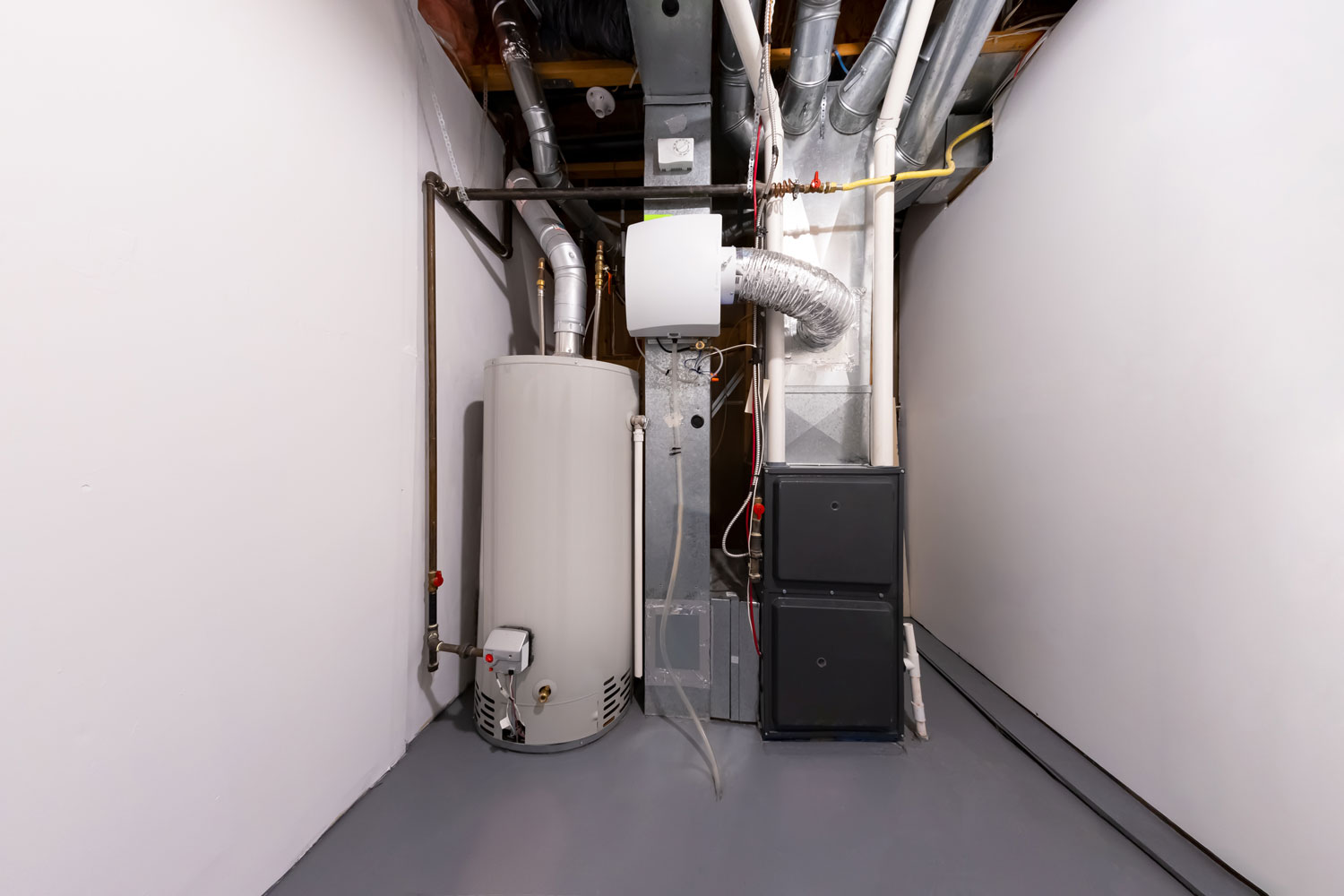
Yes, you can use it on a 2-stage furnace with a caveat. 2-stage furnaces normally have control boards that can be adjusted to work with a single-stage or a 2-stage thermostat.
When you use a single-stage thermostat for a 2-stage furnace, the control board of the furnace will activate the stage two burners after a set amount of time—not based on the signals of the thermostat. This can cause the stage two burners to activate when they are no longer needed and waste fuel. It can also cause uneven and inconsistent heating.
Another advantage of using a 2-stage thermostat is that most of them can adjust the start time of furnaces and completely avoid using stage two burners. They can use stage one burners earlier and longer to accomplish the target temperature and maintain it.
Maintaining the temperature using stage one burners reduces the number of times that the furnace will shut down and turn back on in a day. And this, in turn, slows down the wearing of the furnace’s parts.
One of the downsides of replacing an existing single-stage thermostat with a 2-stage thermostat is adding additional wiring in the wall from the thermostat to the furnace. Have a professional do this for you if you are not comfortable doing this yourself.
How to wire a 2-stage thermostat
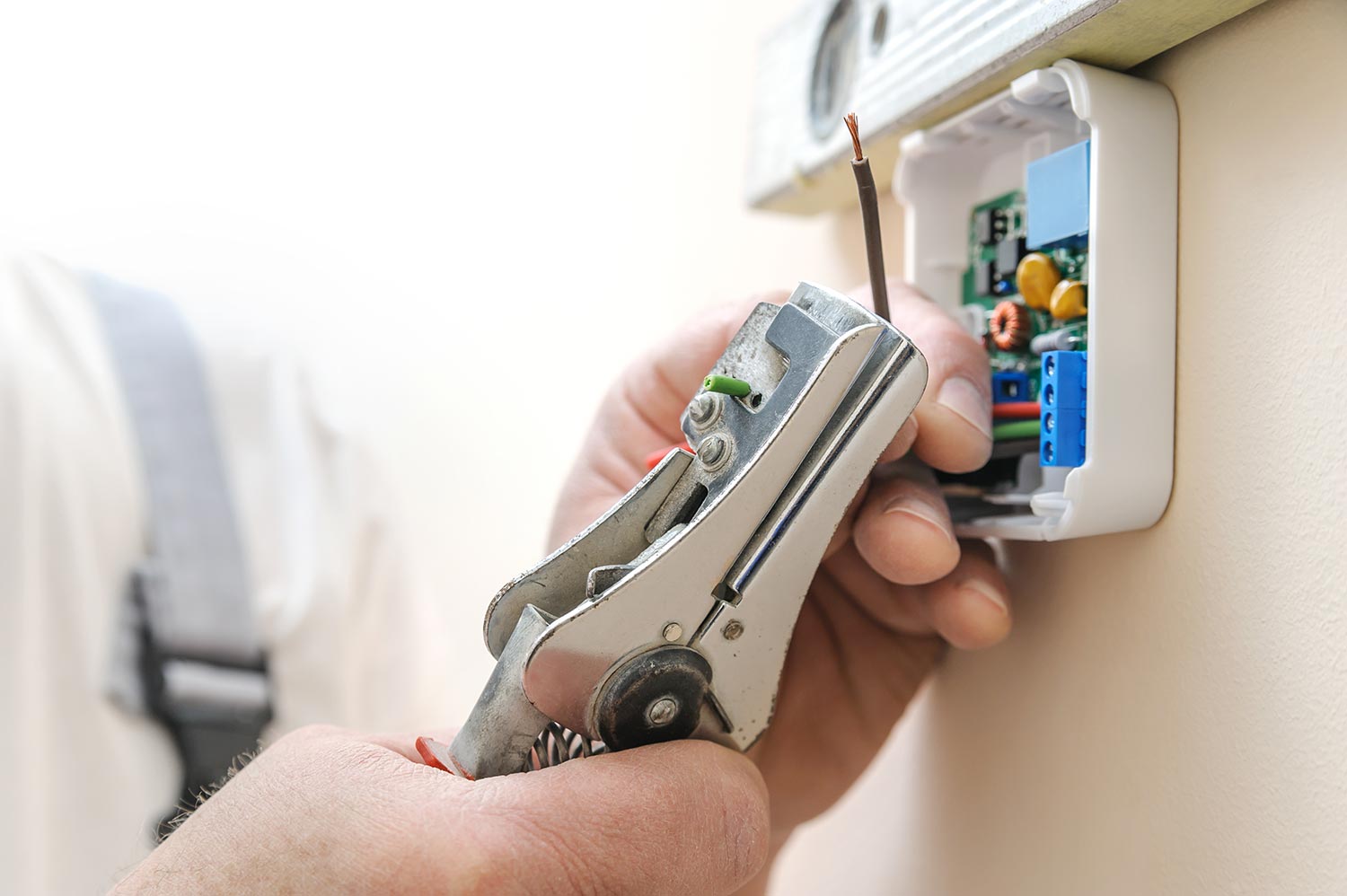
Make sure that the terminals that supply power to your furnace and thermostat are turned off from the circuit breaker before you start to rewire your thermostat.
Always remember to wear well-insulated gloves before you start doing repairs and installations.
Unmount the thermostat from the wall and remove the faceplate if it has one by removing the screws that fasten it to the wall. Remove the caps (if present) and separate the wires.
Next, connect the red wire to the “R” terminal. The brown wire goes to the “W2” terminal. The black wire goes to the “C” terminal.
Look for the yellow-colored wire and connect it to the “Y” terminal. The green wire goes to the “G” terminal.
Lastly, the white wire goes to the “W” or “W1” terminal.
Reconnect the wires, then cover them securely. Reattach the wire caps. Make sure all connections are secure, especially for clip-type connectors.
Reinstall the main thermostat body to the mounting plate on the wall. The body of some models will snap into place when you press it into the mounting plate on the wall.
For some models, the body can be screwed back to the mounting plate in a clockwise direction.
Click here to see this wire stripper on Amazon.
If you need to strip some of the wires to fit the terminals, check out the Irwin Vise-Grip Wire Stripper.
You might want to read this article about moving the thermostat to another room if you want to move the thermostat instead of just rewiring it for the new furnace.
Alternatively, click here to read the article about moving the thermostat on the same wall.
In Closing
Single-stage thermostats can be used with 2-stage furnaces, albeit at the cost of losing some of the efficiency and fuel economy that a 2-stage furnace could provide.
Using a 2-stage thermostat with a 2-stage furnace can give you the best energy savings. It can also help reduce the wear and tear on the parts of your furnace by reducing the number of times that your furnace will shut down and turn back on in a day.

